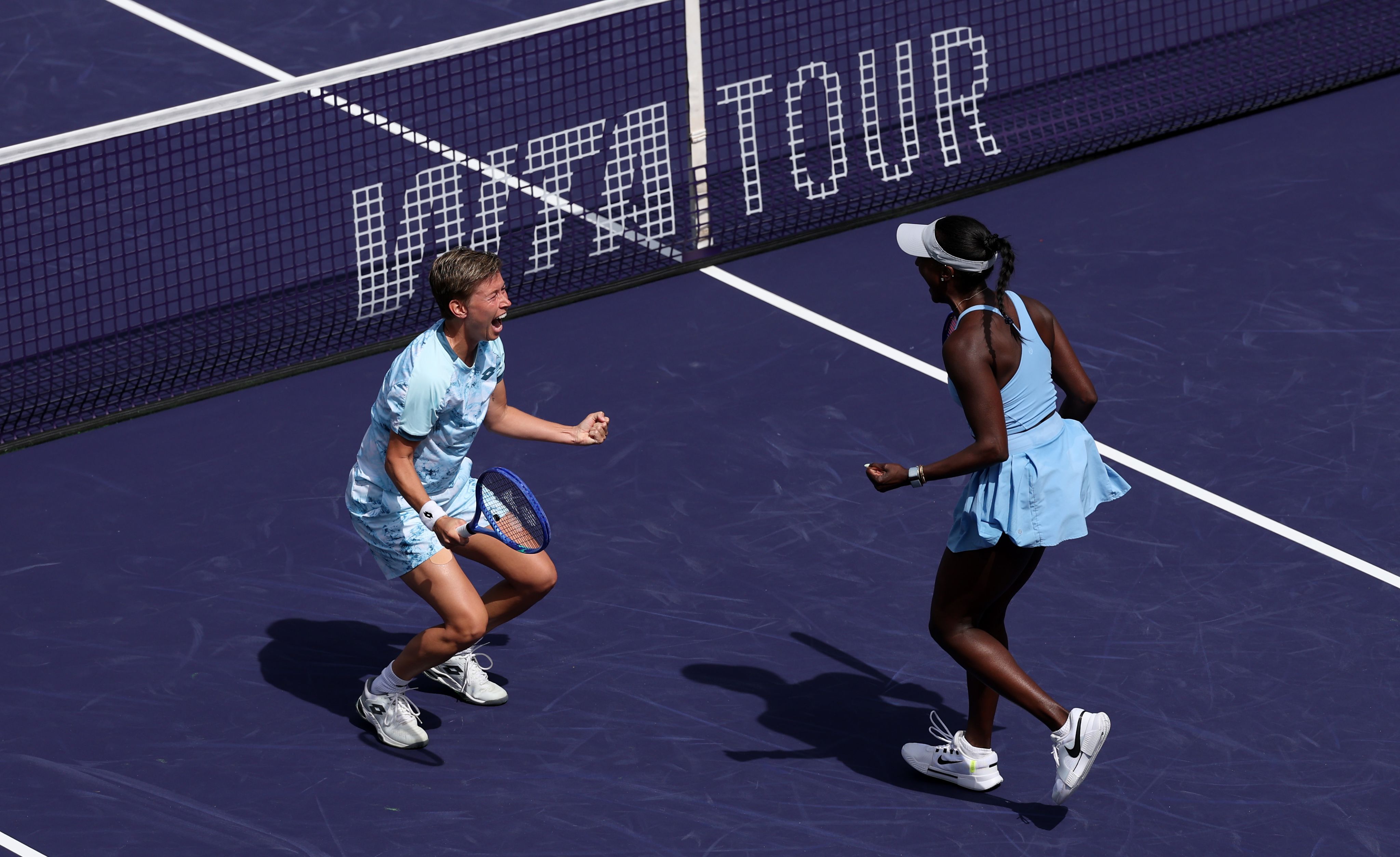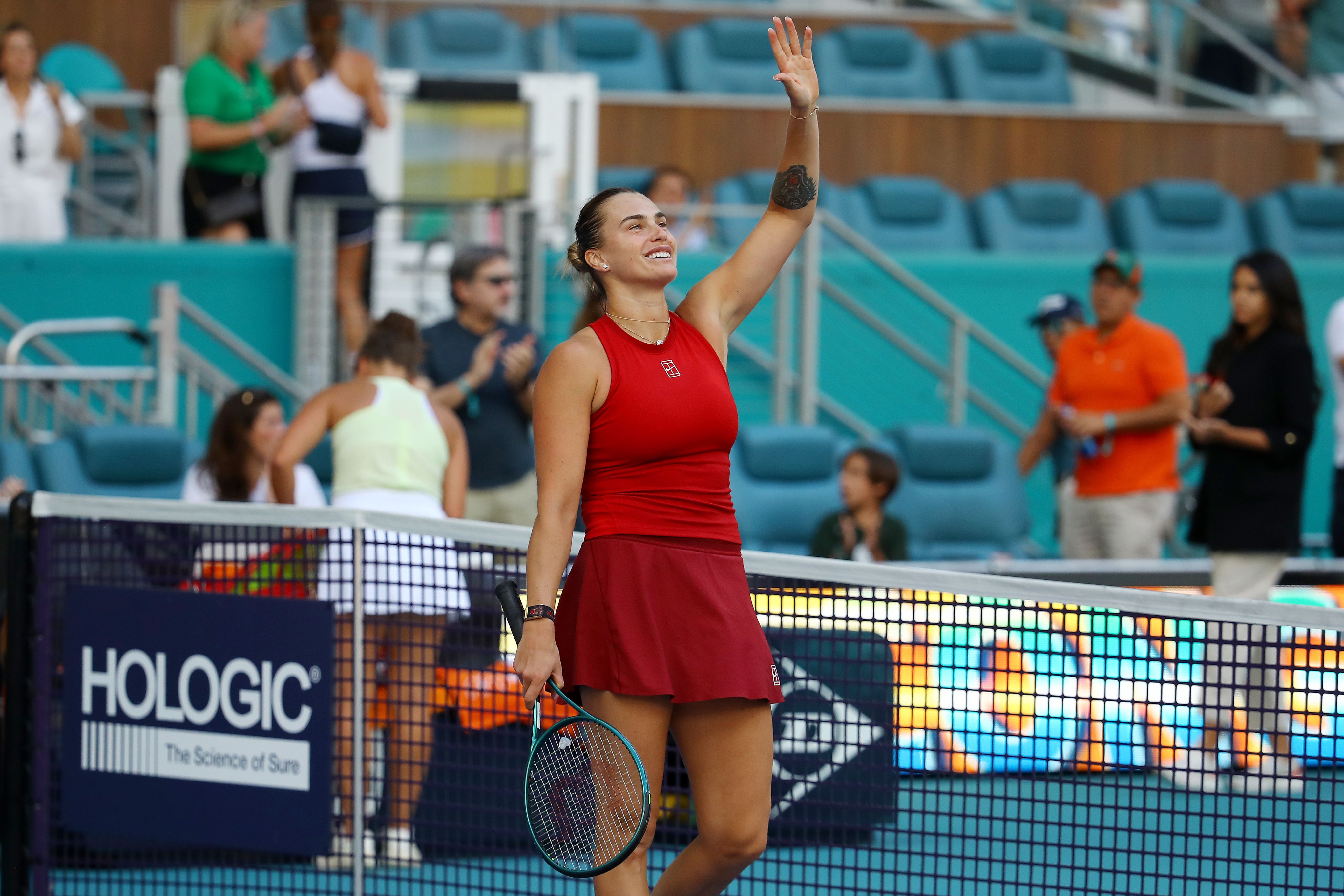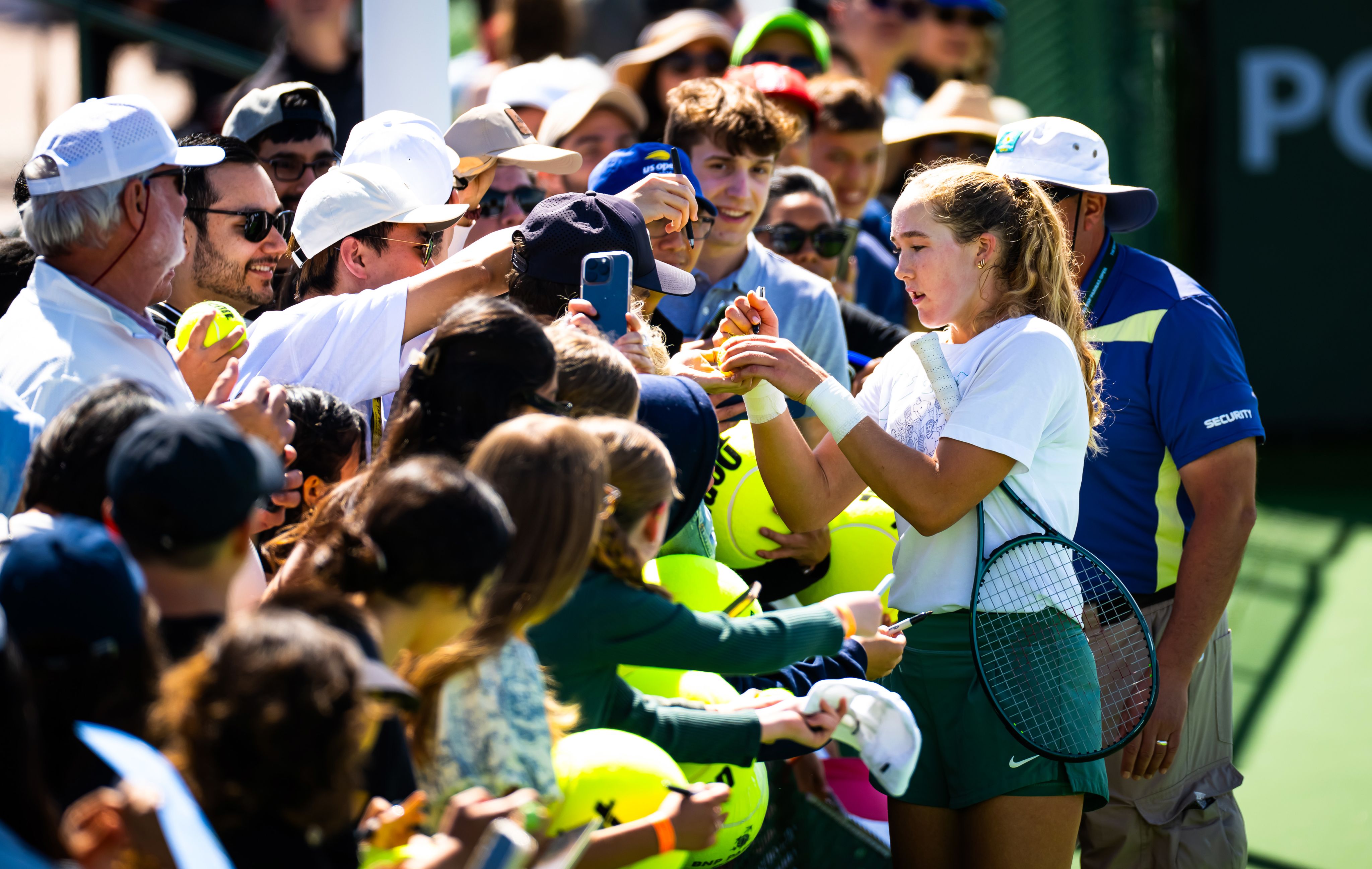The WTA is the original game-changer for women’s sport.

Founded in 1973
by the visionary Billie Jean King, the WTA was created to build equal opportunities for women in tennis, and we’ve been breaking boundaries ever since.





Today we’re the powerhouse of women’s professional sports, uniting athletes in fearless competition and bringing people together through the love of tennis.
The Hologic WTA Tour shares the thrill of every serve, rally and match point with an audience of more one billion around the world. Players compete for PIF WTA ranking points in tournament arenas on six continents before the season hits its peak at the WTA Finals, where the best singles and doubles superstars battle to be crowned as year-end champions.
Our ambitions go well beyond the court. We are champions for our 1,600 incredible athletes and drivers of change through advocacy and action for women’s health and empowerment across the globe.
With the call to Rally the World, the WTA signals its intent to captivate fans, forge new heroes, inspire generations and leave a legacy through the power of tennis, reinforcing that the WTA is both a sports arena and a stage for greatness.
A Game Worth Watching. A Story Worth Telling.
“The WTA has the largest global reach in women’s sport. The competitive landscape of sports and entertainment coupled with the ever-increasing momentum in women’s sport, create the perfect time to stand tall and take our leadership position alongside our incredible athletes and tournaments. We have a distinct and powerful voice to tell our stories and showcase the WTA as the global sports and entertainment brand where women’s tennis shines.
We have a distinct and powerful voice to tell our stories and showcase the WTA as the global sports and entertainment brand where women’s tennis shines.
We invite our fans around the world to join us as we rally the world and break even more boundaries in the years to come.”
Portia Archer
CEO | WTA Tour
WTA VENTURES
The commercial arm of the WTA, has a mission to fuel the growth of professional women’s tennis.




Established in partnership with CVC Capital Partners in 2023.
WTA Ventures aims to further elevate the profile of women’s tennis, improve the product for fans and accelerate commercial growth for the benefit of players, tournaments and everyone involved in the sport.
In its first full year of operation, WTA Ventures increased revenue by 25%, setting a new record for the WTA’s commercial revenue.
Fueling the Future of the Game.
“The WTA has been on an unbelievable journey, redefining competition and showcasing the world’s greatest athletes. As we look ahead to a new era, our mindset is all about pushing forward, finding our edge, and elevating our impact as the home of women’s tennis. With a global audience of more than 1 billion and an exciting generation of inspirational players, there is still so much untapped potential for commercial growth.
As we look ahead to a new era, our mindset is all about pushing forward, finding our edge, and elevating our impact as the home of women’s tennis.
Our aim is to make women’s tennis a commercial powerhouse so that we can fuel reinvestment in the sport and help the WTA to keep championing our amazing athletes.”
Marina Storti
CEO | WTA Ventures
KEEP UP WITH YOUR FAVORITE PLAYERS AS WE RALLY THE WORLD ONE MATCH AT A TIME.